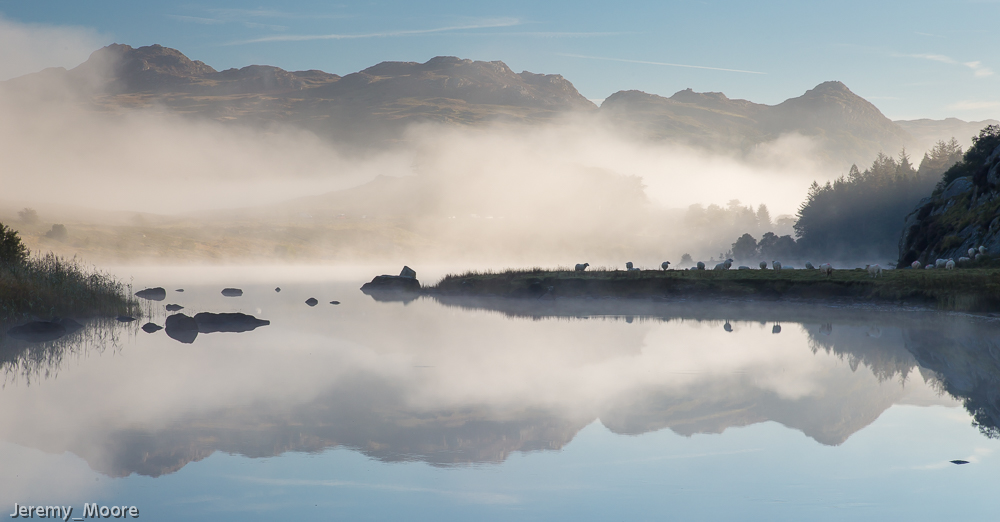
As I’m sure most of us now are, I’m stuck at home and finding it difficult to keep myself occupied. During the spring/summer lockdown the weather was delightful and I explored my local area on foot and electric bike. It was exciting to get to know the local wildlife a little better. Mid-winter is a completely different kettle of fish, of course, and my bike has barely left the garage in the last couple of months. I’m still walking, but to a very limited extent; on the edge of the uplands around my home it’s cold, wet and windy and most of the wildlife has left for lower altitudes. It’s not a very exciting task, I know, but I’ve taken to deleting digital image files to make more room on my hard disc.
This morning I came across a folder from January 13th 2012, exactly nine years ago. I was working on the book Wales at Waters Edge at the time, and spent the day on Yr Eifl, a triple-topped peak on the north coast of the Llyn peninsula between Caernarfon and Nefyn. It is one of the most spectacular locations in Wales, with views down Penllyn to Bardsey Island and inland to the mountains of Eryri. On one of the peaks is a beautifully-preserved hill-top settlement known as Tre’r Ceiri – or, in English, “Town of the Giants”. There are numerous hut circles within the settlement walls, suggesting that the inhabitants were – in fact – far from tall in stature! Isolated fragments of low cloud drifted onto the hilltops in a light breeze, while most of the landscape remained lit by strong sunshine. It was one of those once-in-a-hundred days. I spent several hours up high during the morning, before returning to the van for something to eat.

Finishing my lunch I discovered I no longer had my mobile phone. I had recorded some thoughts on it during the morning so I must have left it up on the hill. Fortunately it is not a difficult walk back up to Tre’r Ceiri and the repeat visit gave me chance to try some sunset shots. But despite a thorough search there was no sign of the phone and I came back empty handed. The sunset shots weren’t much cop either……….
I started the blog in July 2012, but by the January I must have already started thinking about how I could describe my experiences in outdoor photography.
It was never intended to be a typical photographers blog, with equipment reviews and technique lessons. Plenty of people were doing that already. It would be more of a story-telling exercise in which I wouldn’t necessarily take myself too seriously. Leaving my phone on a hill-top after an exhilarating morning’s photography was exactly the sort of thing I thought I might include.
Even more so when I found the phone in the cubby hole above the van windscreen where I always put it! It had been there all the time. So, just a mere nine years after it happened this is the “warts and all” account of my day!
To read more Tales of Wild Wales as they are published, please click the blue Follow button





